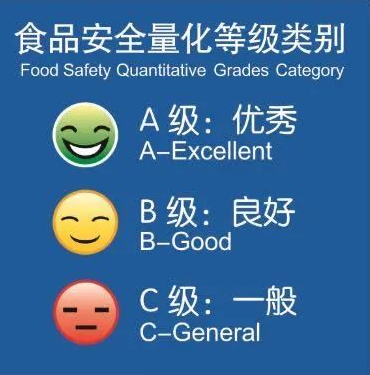This summer vacation has seen burgeoning domestic tourist trips. The growing number of tourists and gatherings, coupled with the current typhoon season, increases the risk of foodborne diseases outbreak.
According to Guangdong Provincial Center for Disease Control and Prevention (Guangdong CDC), residents should beware of the following risks related to food:
Starch products and fermented food
Starch products (like rice noodles), fermented flour and rice products (like noodles made from fermented corn flour, glutinous rice cake), and soaked fungus, if kept in hot and humid environments, are easily spoiled, thus producing bongkrekic acid, a deadly toxin.
Prevention tips:
When dining outside, choose clean restaurants where wet rice noodles, fermented cornmeal products, and other easily spoiled food are stored in the refrigerator and where foods are freshly made and served.
When purchasing starch products, for example, wet rice noodles, ensure they have complete and independent packaging labeled with their production and expiration date. After buying these products, cook or store them in the refrigerator as soon as possible. It is recommended to eat them on the purchase day.
As for dried or white fungus, do not soak them in the refrigerator for more than 2 hours at room temperature or 4 hours.
Bacteria in the food
During the heating tourist season, restaurants get busy. Staff in the kitchen may shorten cooking time or process food in substandard procedures. Coupled with the hot and humid weather, bacteria such as Vibrio parahaemolyticus and salmonella can quickly reproduce in the food, causing food-borne diseases.
Prevention tips:
When going to restaurants, choose the ones that use fresh ingredients and meet standards. You can check if they have a food business license and the sign of a “smiley face” logo that indicates “good” or “excellent” grade of food safety.

Be cautious with these high-risk foods: wild mushrooms and balloonfish that are difficult to tell if they are poisonous; raw foods like sashimi and marinated seafood; kidney beans and citron daylily that are toxic if not thoroughly cooked. Also, ensure the food in your hotpot and barbecue is cooked thoroughly.
Ensure raw and cooked food is stored separately and processed with different knives and cutting boards.
Keep your leftovers in the refrigerator and reheat them until they are piping hot throughout.
Wild berries
When the travel peak season meets fruit ripening time, tourists may pick the wrong berries and suffer from food poisoning.
Prevention tips:
Do not eat the berries picked in the wild. Some toxic and edible berries look and taste alike, which is almost impossible for ordinary people to tell the difference. Some highly poisonous berries may cause death if eaten.
Crawfish
Crawfish is a popular meal in summer. However, it has reportedly caused rhabdo in some cases, a serious syndrome with symptoms of muscle pain, muscle weakness, and dark red or brown urine.
Prevention tips:
Do not eat when it is out of season. April to July is the season for farmed crawfish. If you eat them beyond this period, they are likely go stale or come from unknown sources.
Do not overeat. Having excessive crawfish may cause acute gastroenteritis if not rhabdo. It is also dangerous for people with high serum urate levels or allergies, which may worsen their conditions.
Do not eat its head. Heavy metals, toxins, bacteria, and other pollutants inside crawfish are concentrated in its head. Investigation shows that eating heads increases the risk of rhabdo, so it is recommended to eat the tail meat only.
Author | Teria Wang (intern), Hannah
Editor | Olivia, Nan, Monica, Jerry
















